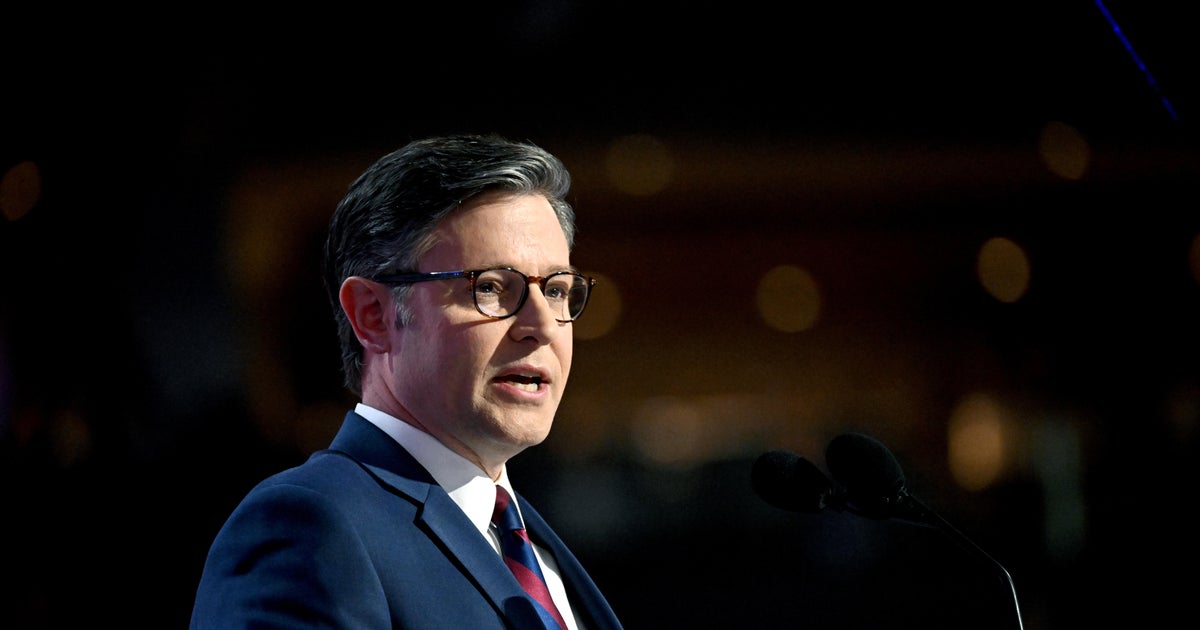N. Korea's latest missile launch may have been 2nd test of worrying tech
SEOUL, South Korea -- The missile in North Korea’s latest launch didn’t fly very far, but it may have been the second test of a technology that worries experts.
The launch Wednesday into waters off North Korea’s east coast came shortly before U.S. President Donald Trump’s first meeting with Chinese leader Xi Jinping later this week, raising speculation that it might have been timed to get their attention.
Initial U.S. and South Korean assessments indicated it was a KN-15 medium-range missile, whose first known test by North Korea was in February.
The KN-15 -- known as “Pukguksong-2” in North Korea -- uses pre-loaded solid fuel, which shortens launch preparation times, boosts its mobility and makes it harder for outsiders to detect ahead of liftoff. Most North Korean missiles use liquid propellant, which generally must be added to the missile on the launch pad before firing.
There is debate, however, over whether the missile was a KN-15 or an older SCUD, CBS News national security correspondent David Martin reports. In any event, it flew a strange trajectory, going almost straight up in the air and coming down only 40 miles off the coast after eight minutes and 45 seconds of flight.
The South Korean military said the missile was fired from land near the east coast city of Sinpo and flew about 40 miles. The earlier one in February flew about 310 miles. Analysts were trying to determine if the shorter distance meant Wednesday’s launch was a failure.
One expert said it could have been a test of a new missile intended as a stepping stone toward developing a solid-fuel intercontinental ballistic missile that could reach the U.S. mainland. Kim Dong-yub, an analyst at Seoul’s Institute for Far Eastern Studies, questioned why North Korea would do a shorter launch of the KN-15.
“There’s absolutely no reason for North Korea to fire the KN-15 again this way; the launch measurements show something similar to when developing missiles are flight-tested for the first time for data-gathering purposes,” he said.
The KN-15 is believed to be an upgraded version of the submarine-launched “Pukguksong” launched last summer. Many experts say a “Pukguksong-2” missile would be a greater security threat, because it can be launched anywhere from a mobile vehicle. While submarines are a stealthy way to do that, North Korea doesn’t have enough of them.
Ralph Cossa, president of the Pacific Forum CSIS think tank in Honolulu, said he was expecting North Korea would do something to coincide with the Trump-Xi summit, perhaps conduct a nuclear test. The missile launch may be a precursor, with more to come as the summit starts Thursday, he said.
“I’ve joked before that they don’t mind being hated but they definitely hate to be ignored,” Cossa said.
Recent satellite imagery shows possible preparations for a test at North Korea’s main nuclear test site, including the laying of communication cables used to initiate a test and collect data.
North Korea’s state media have said the world will soon witness what they called “eventful successes” in the country’s space development. The United States, South Korea and others call North Korea’s space program a cover for its long-range missile development program.
South Korea’s Foreign Ministry called the North’s latest missile launch a “reckless provocation” that posed a threat to international peace, while Japanese Chief Cabinet Secretary Yoshihide Suga said his country lodged a strong protest over the launch.
U.S. Secretary of State Rex Tillerson acknowledged the launch in a brief statement but said the U.S. had spoken enough about North Korea and would not comment further.
Trump has said China must do more to pressure North Korea to halt its nuclear program. Chinese Foreign Ministry spokeswoman Hua Chunying said Wednesday that all sides needed to be involved.
“If we are serious about solving this issue, we need to tackle the root of it,” she said at a regular news briefing. “We need to balance the interest of each side. China wants to make efforts with all sides involved, to make denuclearization a reality, and ensure peace in the region.”
Analysts say North Korea might time nuclear and long-range rocket tests to the April 15 birthday of North Korea founder Kim Il Sung, the late grandfather of current leader Kim Jong Un.
North Korea is pushing hard to upgrade its weapons systems to cope with what it calls U.S. hostility. Many weapons experts say the North could have a functioning nuclear-tipped missile capable of reaching the continental U.S. within a few years. North Korea carried out two nuclear tests last year.
The North’s latest missile launch also came during annual military drills between the United States and South Korea. North Korea sees the drills as an invasion rehearsal.
Two weeks ago, the South Korean and U.S. militaries said they had detected a failed North Korean ballistic missile launch. Earlier in March, North Korea fired four ballistic missiles that flew about 620 miles, with three of them landing in waters that Japan claims as its exclusive economic zone.




